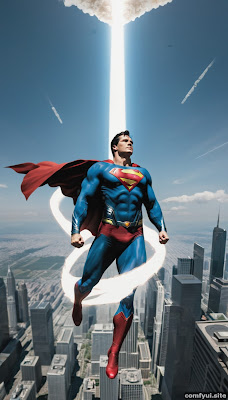Science: Superheroes and Real-World Science: The Powers Explained
Superheroes from Marvel and DC Comics have captivated audiences with their extraordinary powers, but some of these abilities can be surprisingly grounded in real-world science. While many superpowers rely on mystical and magical energies, some mirror scientific concepts, adding depth and intrigue to these iconic characters. Here, we delve into ten examples of superhero powers explained by real-world science.
2. Nightcrawler's Quantum Mechanics: Nightcrawler's teleportation can be attributed to quantum mechanics, which propose the extraction of information from one object and its recreation elsewhere. Alternatively, teleportation could involve quantum entanglement, requiring immense energy.
3. Spider-Man's Webbing Strength: Tobey Maguire's Spider-Man displayed incredible strength when stopping a train. Physicists estimate that his webbing's strength rivals real-world spider silk, boasting 1000 megapascals, almost as strong as aluminum.
5. Thor's Mjolnir's Lightness and Strength: The weight of Thor's hammer, Mjolnir, isn't due to its density but possibly to its composition, which could resemble metallic hydrogen. This allows it to be light yet incredibly strong.
6. The Flash's Vertical Running: While running on a vertical surface is impossible due to a lack of friction, the Flash's incredible speed means he's imperceptibly falling, giving the illusion of vertical running.
7. Captain America's Epigenetic Modification: Captain America's transformation could involve genetic manipulation, known as epigenetic modification, where specific genes related to peak physical and cognitive abilities are activated.
9. Deadpool's Healing Ability and Cancer: Deadpool's regenerative healing ability may be connected to his cancer. He might control oncogenes and tumor suppressor genes, allowing him to heal rapidly, similar to salamanders regrowing limbs.
10. Iron Man's Technological Genius: Iron Man's suit, while not granting superhuman abilities, showcases technological advancements. Much of the technology exists today, except for the fictional arc reactor, which would require enormous power.
These real-world explanations add depth to beloved superheroes, allowing fans to bridge the gap between fiction and reality. While many superhero powers remain fantastical, the blend of science and imagination makes these characters even more captivating. Whether it's quantum physics, biometrics, or advanced technology, these connections remind us that sometimes, truth can be as extraordinary as fiction.


